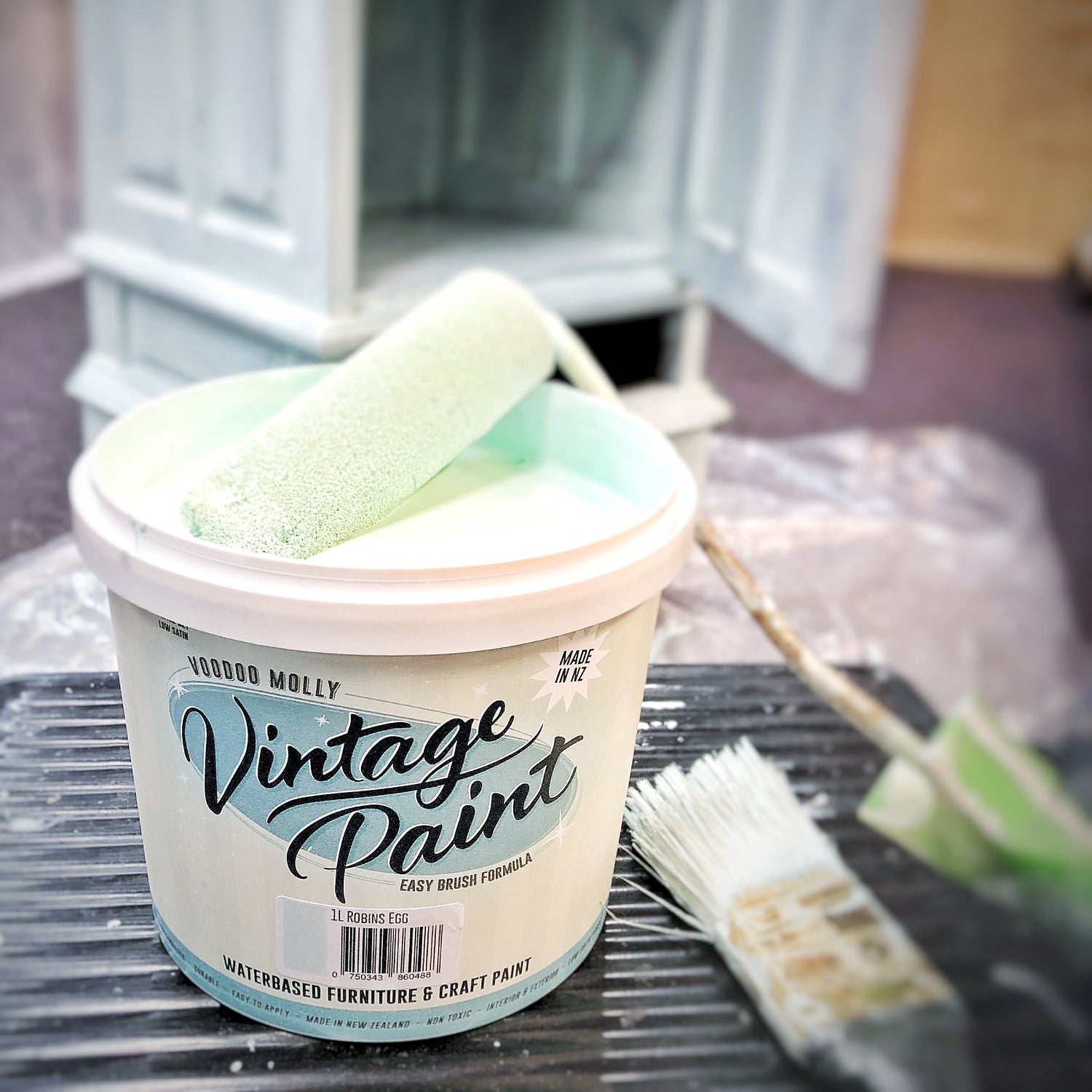Cutting polyurethane foam can be a tricky task, especially if you want clean and precise cuts. Whether you're working on a DIY upholstery project or any other foam-related endeavour, having the right tools and techniques can make all the difference. In this blog post, we will explore various methods of cutting foam to help you achieve professional-looking results.
Prepare your workspace: Before diving into the cutting process, make sure you have a clean and organised workspace. Lay down a protective surface or work on a cutting mat to prevent damage to your tabletop. Gather all the necessary tools, including a permanent marker, ruler, scissors, craft knife, or a sharp kitchen knife.
Marking your cutting lines: Start by marking the lines you want to cut on the foam. Use a permanent marker and a ruler to ensure straight lines. Take your time during this step, as accurate markings will guide your cuts and result in a neater final product.
Scissors for thin foam: If the foam you're working with is thin enough, you can use standard scissors or shears. Opt for long-bladed scissors, as they provide better control and make it easier to cut through the foam smoothly. Begin cutting along the marked lines, being mindful to follow them closely for consistent results.
Craft knife for precision: For more precise cuts or when dealing with thicker foam, a craft knife is an excellent tool. Place a new blade into the craft knife holder and extend the blade to its full length. Holding the knife at a comfortable angle, start cutting through the foam by following the marked lines. Take it slow and cut down in layers, only going a few centimetres deep at a time. This technique helps maintain control and produces cleaner edges.
Kitchen knives for thick foam: If you have thicker foam to cut through, consider using a sharp kitchen knife. A carving knife or a serrated bread knife works well for this purpose. These knives provide the necessary leverage and serrations to cut through the foam efficiently. Apply gentle pressure and saw through the foam, following your marked lines.
Electric knives for efficiency: When dealing with a large amount of foam or particularly dense foam, using an electric knife can save you time and effort. An electric meat carving knife or an electric bread knife works wonders for this task. These knives are designed to cut through dense materials smoothly. Ensure the foam is secured firmly in place, and then guide the electric knife along the marked lines. The electric knife's oscillating motion makes the cutting process easier, especially for thicker or denser foam.
Remember to prioritise safety throughout the cutting process. Always cut away from your body, keep your fingers clear of the blade, and use appropriate protective gear. Cutting foam may seem intimidating at first, but with the right tools and techniques, you can achieve professional results.


